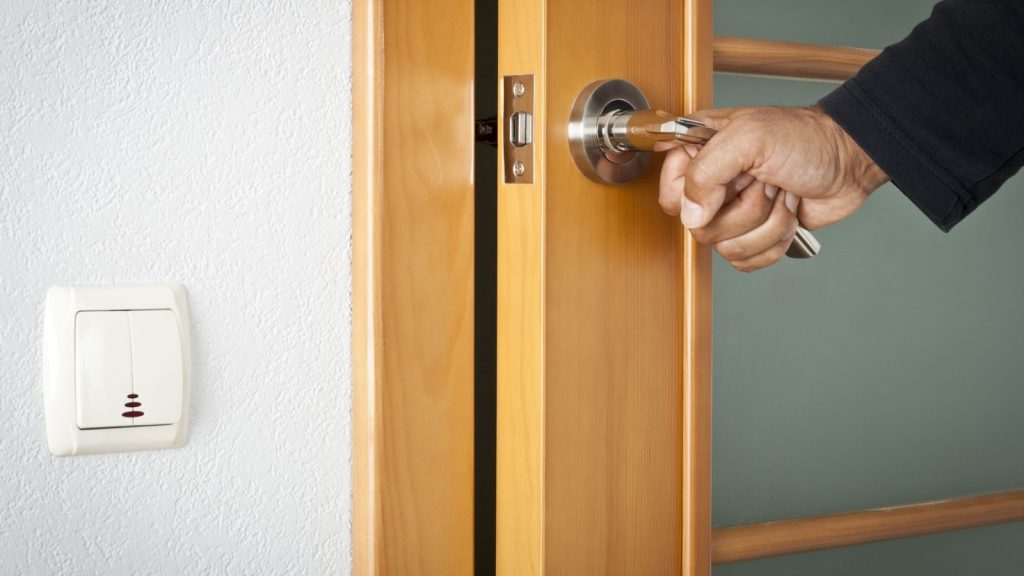Squeaky doors and floors can drive anyone up the wall. These annoying noises often crop up at the worst times, like when you’re trying to sneak a midnight snack or tiptoe past a sleeping baby. But fear not! You don’t need to be a DIY whiz to tackle these pesky sounds. With a few simple tricks and common household items, you can silence those squeaks in no time. Whether you’re dealing with a creaky old floorboard or a whining door hinge, these quick fixes will help restore peace and quiet to your home. So grab your toolbox (or just raid your kitchen cupboards) and get ready to banish those bothersome noises for good.
Olive Oil Lubrication
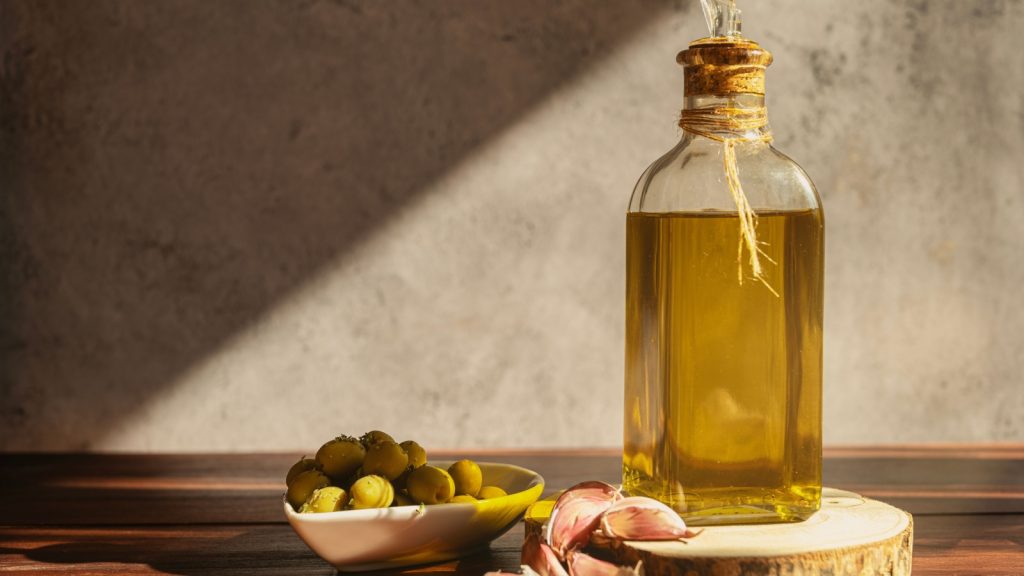
For a quick and easy fix, reach for the olive oil in your kitchen. Apply a small amount to the door hinge with a cotton bud or your finger. Work the hinge back and forth to distribute the oil evenly. This natural lubricant will often silence the squeak immediately and can last for several months. For best results, use extra virgin olive oil, as its higher viscosity provides longer-lasting lubrication.
Talcum Powder Application
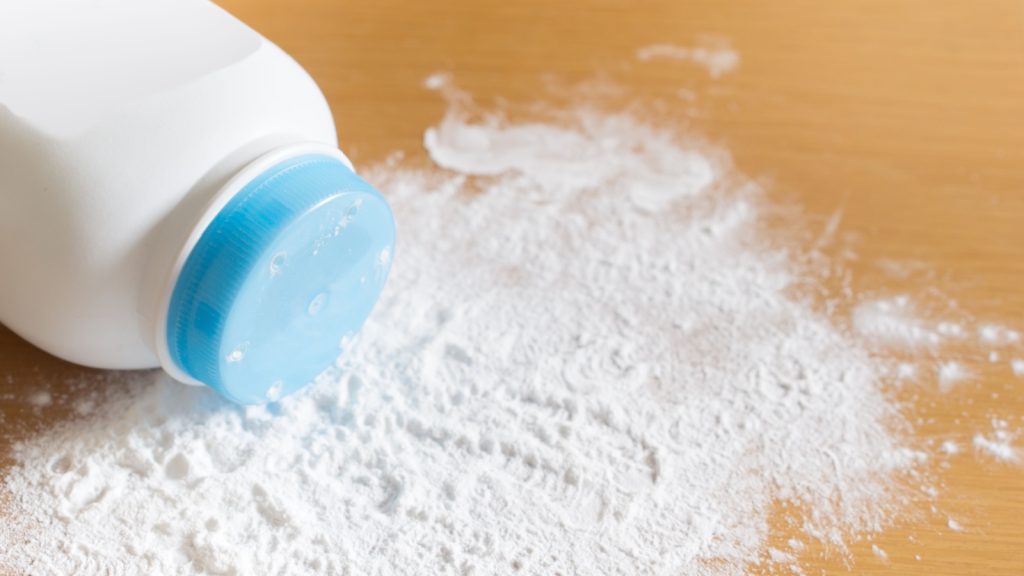
Sprinkle a bit of talcum powder over the squeaky floorboard and work it into the cracks with a soft brush. The fine powder will fill the gaps and reduce friction between the boards. Sweep away any excess powder, and enjoy the silence. This method works particularly well on wooden floors that squeak due to seasonal expansion and contraction.
Bar Soap Treatment
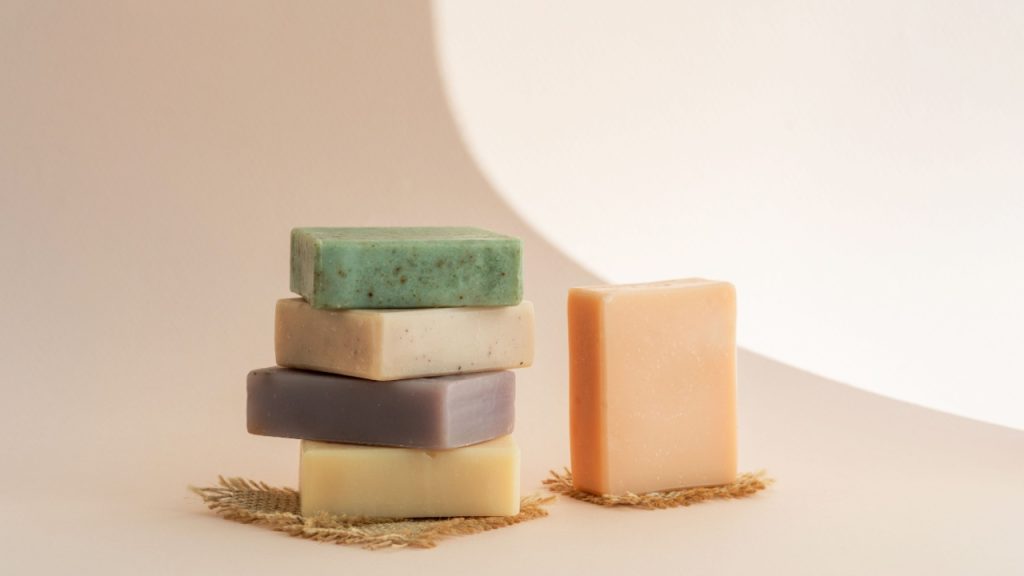
Rub an ordinary bar of soap along the sides of a door hinge or the edges of a squeaky floorboard. The soap acts as a lubricant, reducing friction and quieting the noise. Choose a hard, unscented soap for best results and to avoid any lingering smells. This method is especially effective on metal-on-metal squeaks, like those found in older door hinges.
WD-40 Solution
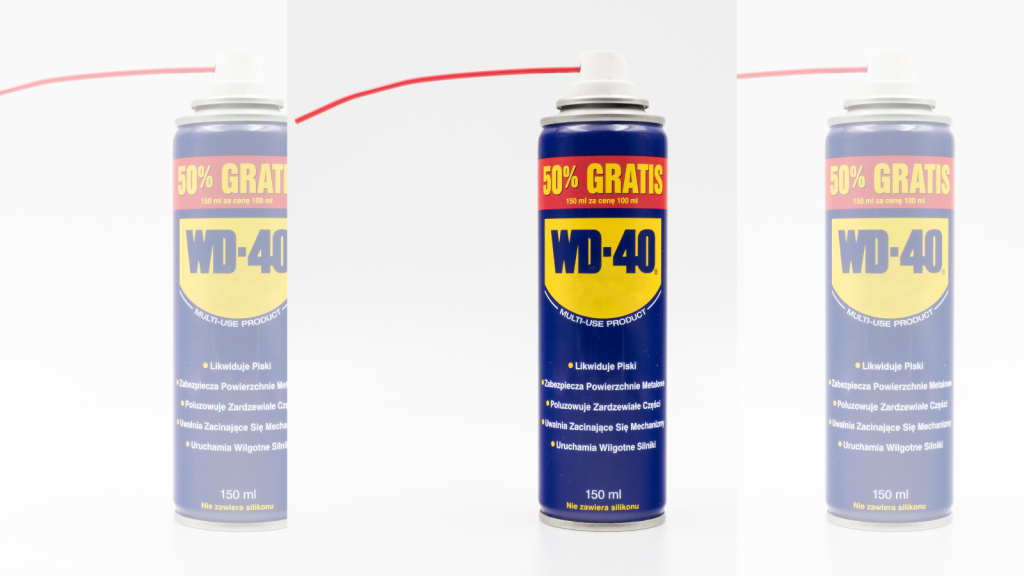
WD-40 is a DIY staple for good reason. Spray a small amount onto squeaky door hinges or between floorboards. The lubricating properties will quickly silence the squeak. Remember to wipe away any excess to avoid attracting dust. For precision application on floorboards, use the WD-40 with the thin straw attachment to direct the spray into narrow gaps.
Pencil Graphite Method
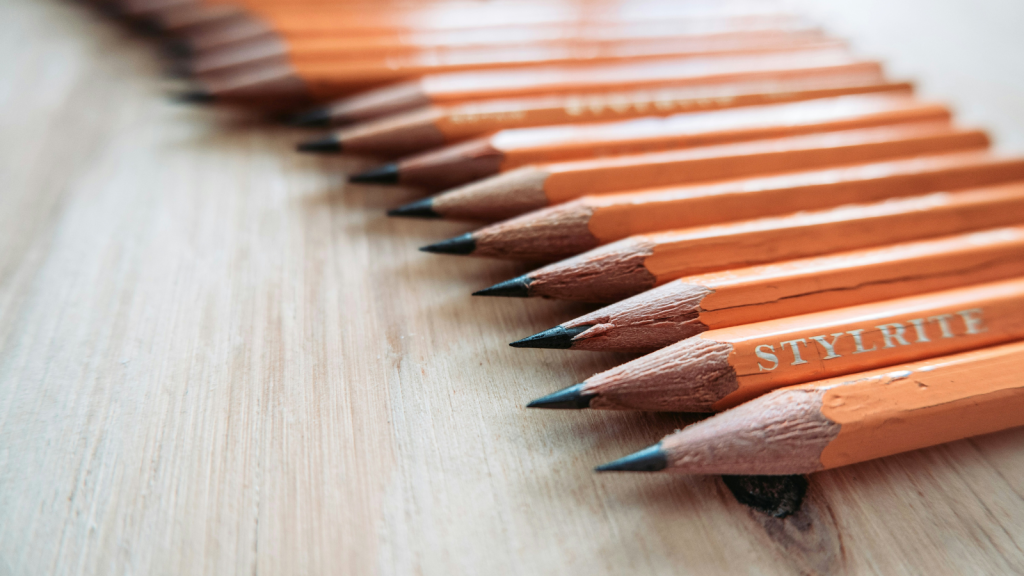
For a mess-free solution, rub the tip of a pencil along the squeaky hinge pin. The graphite acts as a dry lubricant, reducing friction without the potential drips of oil-based solutions. This method is particularly handy for those hard-to-reach top hinges. Use a softer lead pencil (like a 2B) for better graphite deposit and lubrication.
Petroleum Jelly Application
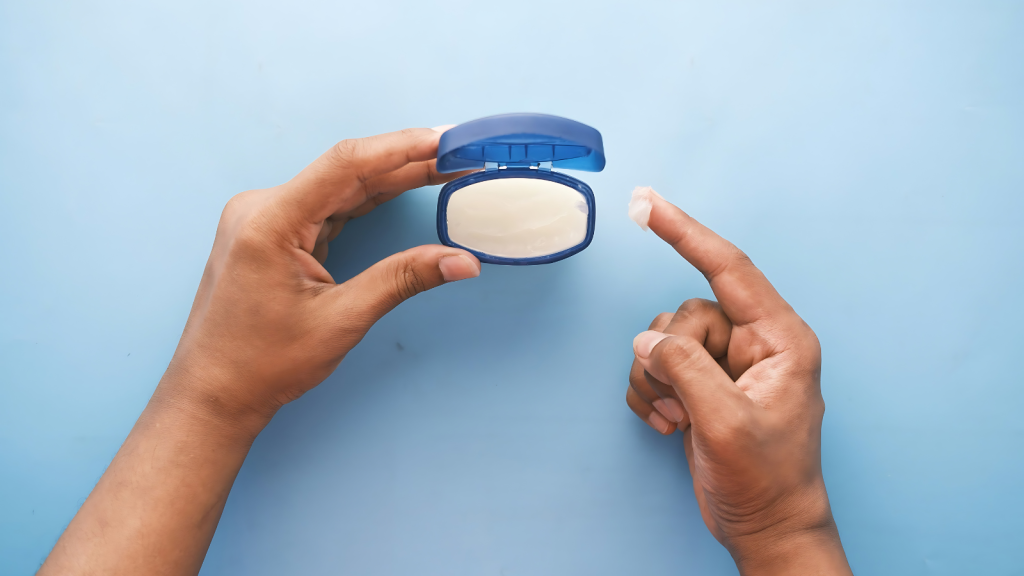
Apply a small dab of petroleum jelly to door hinges using your finger or a cotton swab. Work the hinge back and forth to spread the jelly evenly. This thick lubricant will silence squeaks and provide long-lasting protection against future noises. Petroleum jelly is particularly effective in high-humidity areas, as it resists moisture and prevents rust formation on hinges.
Candle Wax Treatment
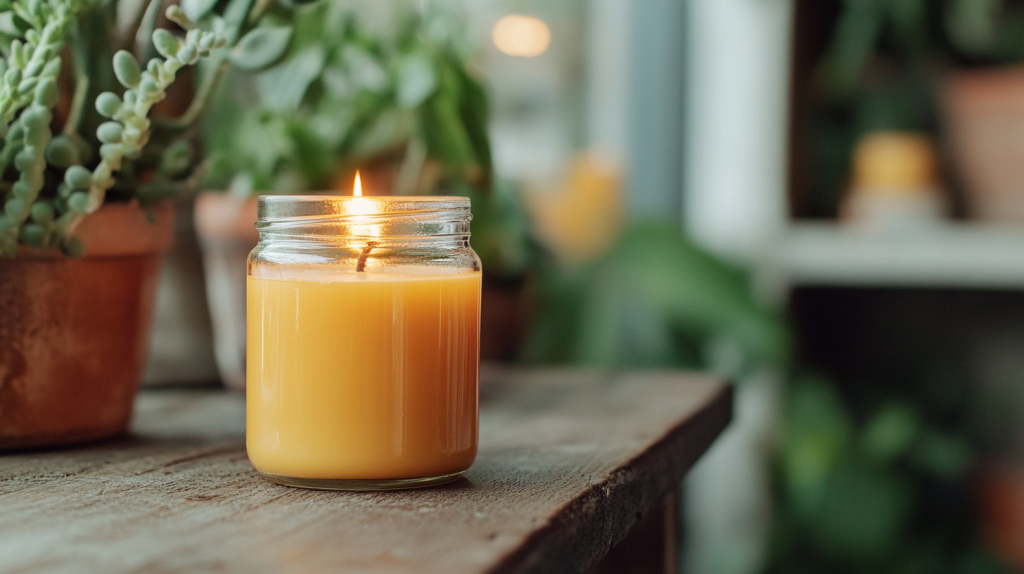
Rub a plain white candle along the edges of squeaky floorboards or the sides of a door hinge. The wax creates a smooth, friction-reducing barrier. This method is especially useful for older wooden floors that tend to dry out and become noisy. For maximum effectiveness, apply the wax when the room is warm, as this helps it penetrate the wood fibres better.
Powdered Graphite Solution
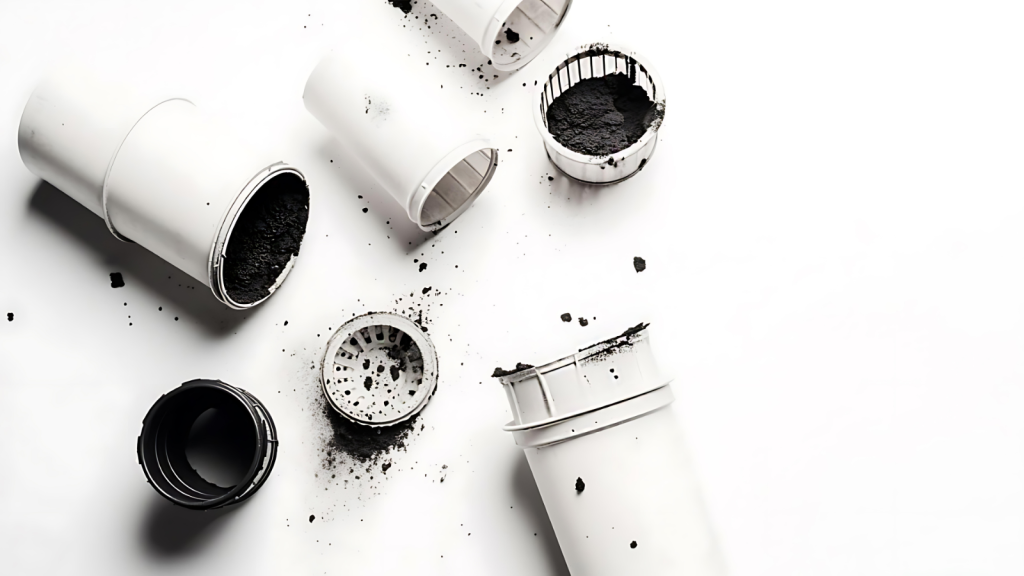
Sprinkle powdered graphite (available at most hardware shops) onto squeaky hinges or between floorboards. This dry lubricant works wonders on metal-on-metal squeaks and won’t attract dust like oil-based solutions. Use sparingly, as a little goes a long way. For easier application, you can purchase powdered graphite in a squeeze bottle with a narrow nozzle.
Baby Powder Method
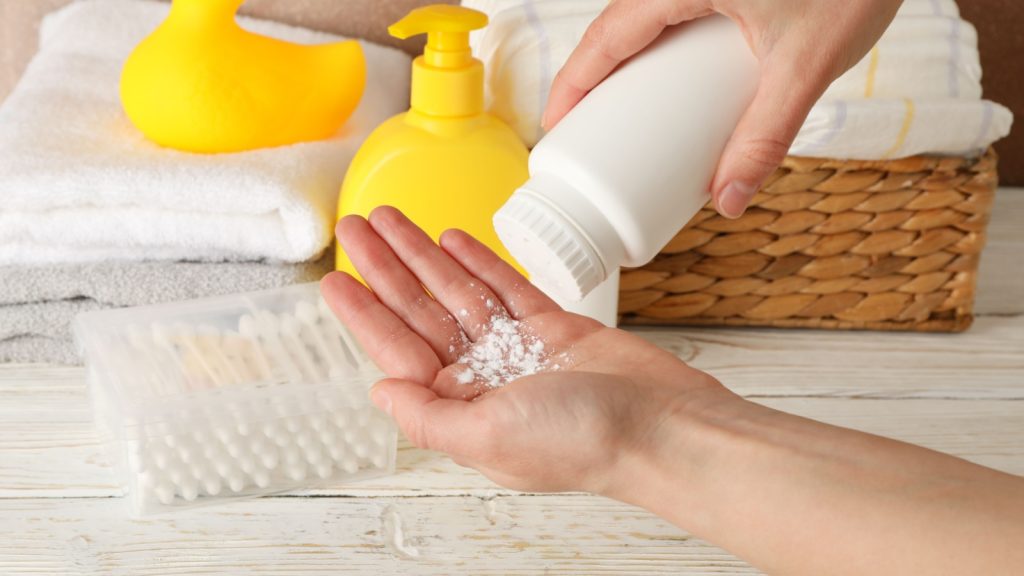
Sprinkle baby powder over squeaky floorboards and work it into the cracks with a soft brush. Like talcum powder, it fills gaps and reduces friction. The pleasant scent is an added bonus, leaving your room smelling fresh and squeak-free. Baby powder is particularly effective on laminate flooring, where oil-based solutions might leave stains.
Cork Strip Insertion
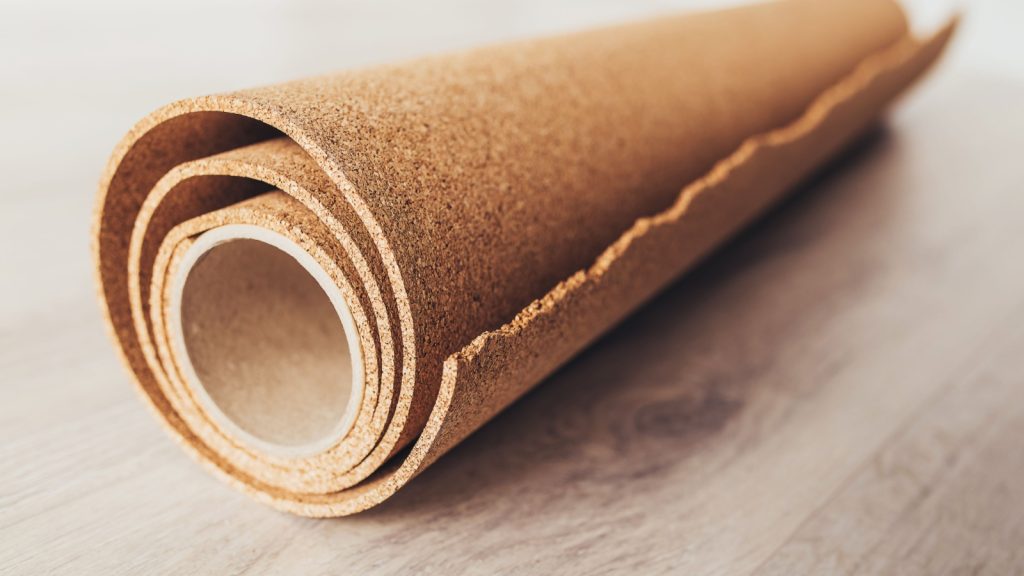
For persistent floor squeaks, try inserting small pieces of cork between the offending boards. Gently pry the boards apart with a putty knife, insert thin strips of cork, and tap them into place. The cork acts as a cushion, preventing the boards from rubbing together. This method is ideal for older homes with solid wood flooring, where gaps between boards are more common.
Wooden Shim Fixing
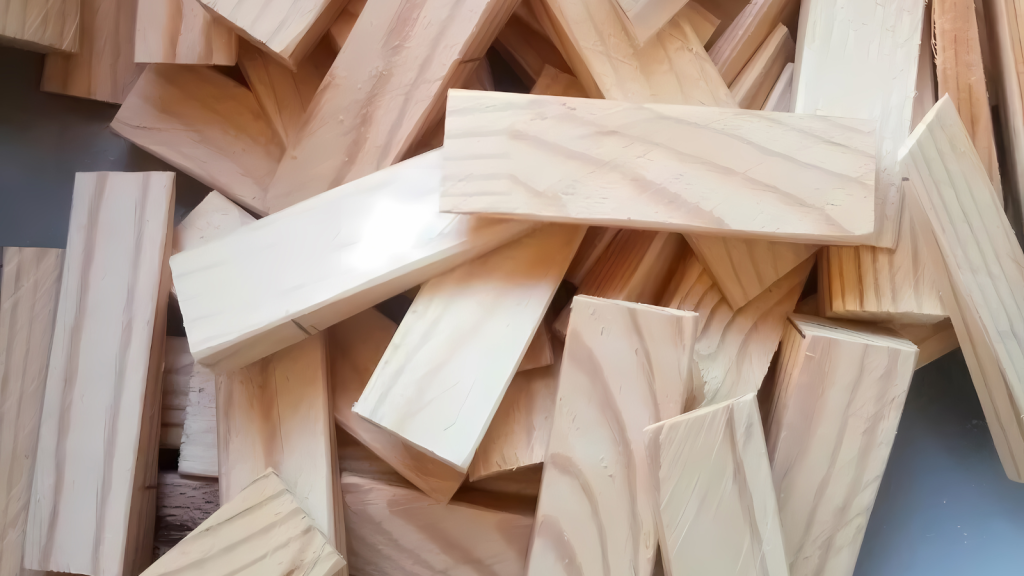
If your floor squeaks are caused by gaps between the joists and subfloor, wooden shims can help. Locate the squeak from below (if possible) and gently tap wooden shims into any gaps you find. Be careful not to over-tighten, as this could cause the floor to bulge. For added stability, apply a small amount of wood glue to the shim before insertion.
Screw Tightening
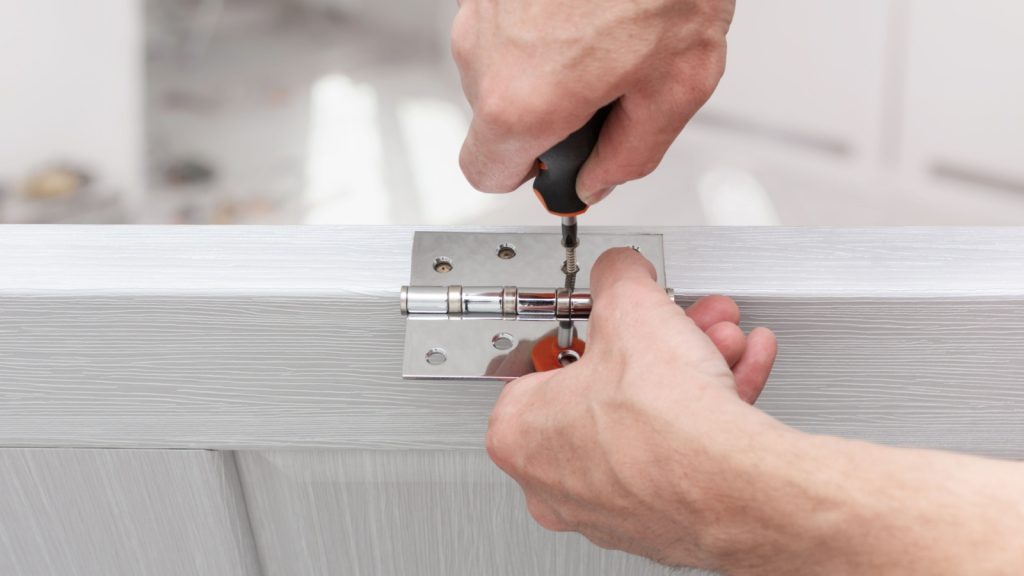
Sometimes, a simple tightening of screws can solve the problem. For doors, tighten all the hinge screws. For floors, locate any loose floorboards and secure them with finishing nails. Always pre-drill holes to avoid splitting the wood. If the screw holes are stripped, try using slightly longer screws or fill the holes with wood filler before re-screwing.
Sawdust and Glue Filler
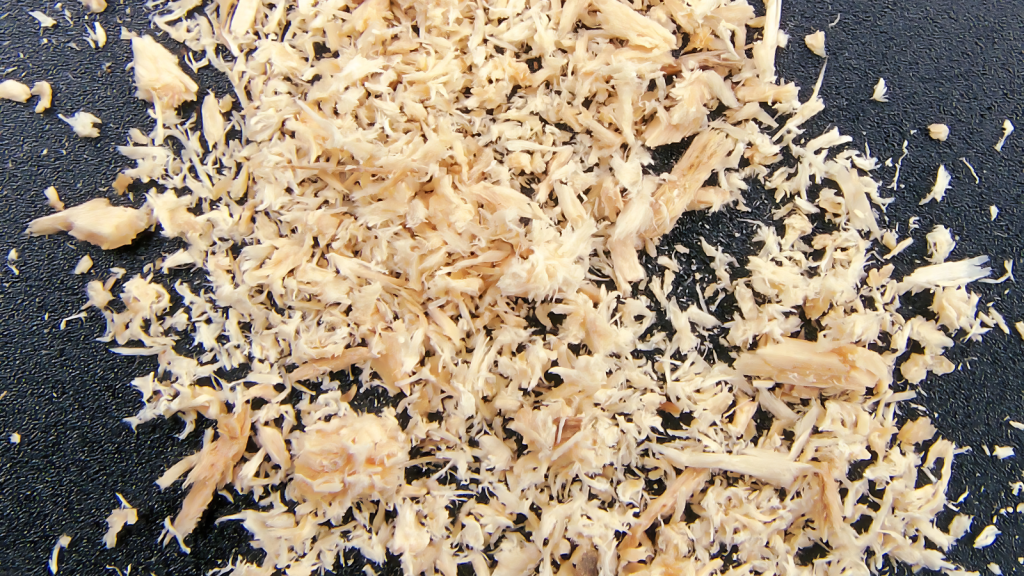
Mix sawdust with wood glue to create a paste. Work this mixture into the gaps between squeaky floorboards using a putty knife. Once dry, it forms a solid filler that prevents boards from rubbing together. Sand any excess for a smooth finish. This method is particularly effective for wider gaps in older wooden floors, providing a long-lasting solution.
Dry Lubricant Spray Application
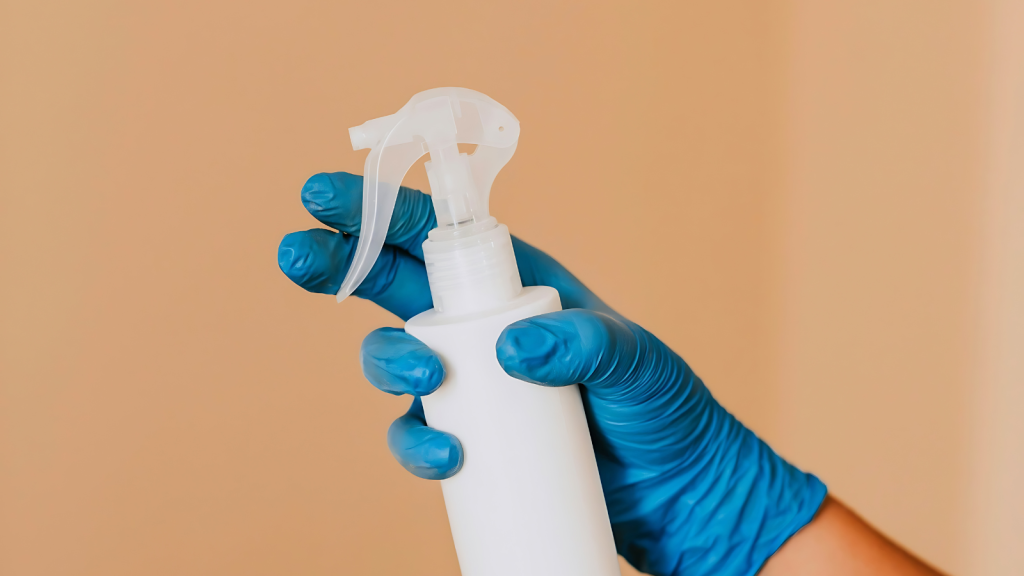
Invest in a dry lubricant spray, available at most DIY shops. These sprays leave a thin, dry film that lubricates without attracting dust or dirt. They’re perfect for both door hinges and floorboards, offering a clean, long-lasting solution to squeaks. Dry lubricants containing PTFE (Teflon) are particularly effective and provide long-lasting protection against friction.
Humidity Adjustment
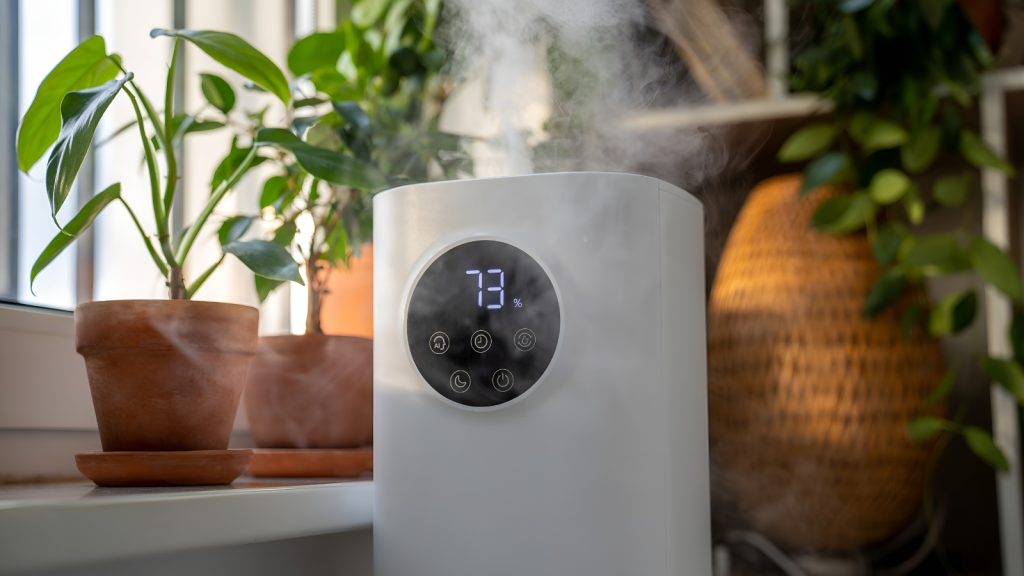
Sometimes, squeaks are caused by wood shrinkage due to low humidity. Try using a humidifier in dry rooms to add moisture to the air. This can help wood expand slightly, potentially eliminating gaps that cause squeaks. It’s a long-term solution that can benefit your home in multiple ways. Aim to maintain a relative humidity between 35% and 55% for optimal wood health and squeak prevention.
17 Old Wives’ Tales That Are Actually True

Old wives’ tales have been passed down through generations, often dismissed as mere superstition. However, many of these age-old beliefs are rooted in truth. From health tips to weather predictions, these stories from the past can surprise us with their accuracy. Here are 17 old wives’ tales that are actually true.
Read More: 17 Old Wives’ Tales That Are Actually True
Katy Willis is a writer, master herbalist, master gardener, and certified canine nutritionist who has been writing since 2002. She’s finds joy in learning new and interesting things, and finds history, science, and nature endlessly fascinating.
